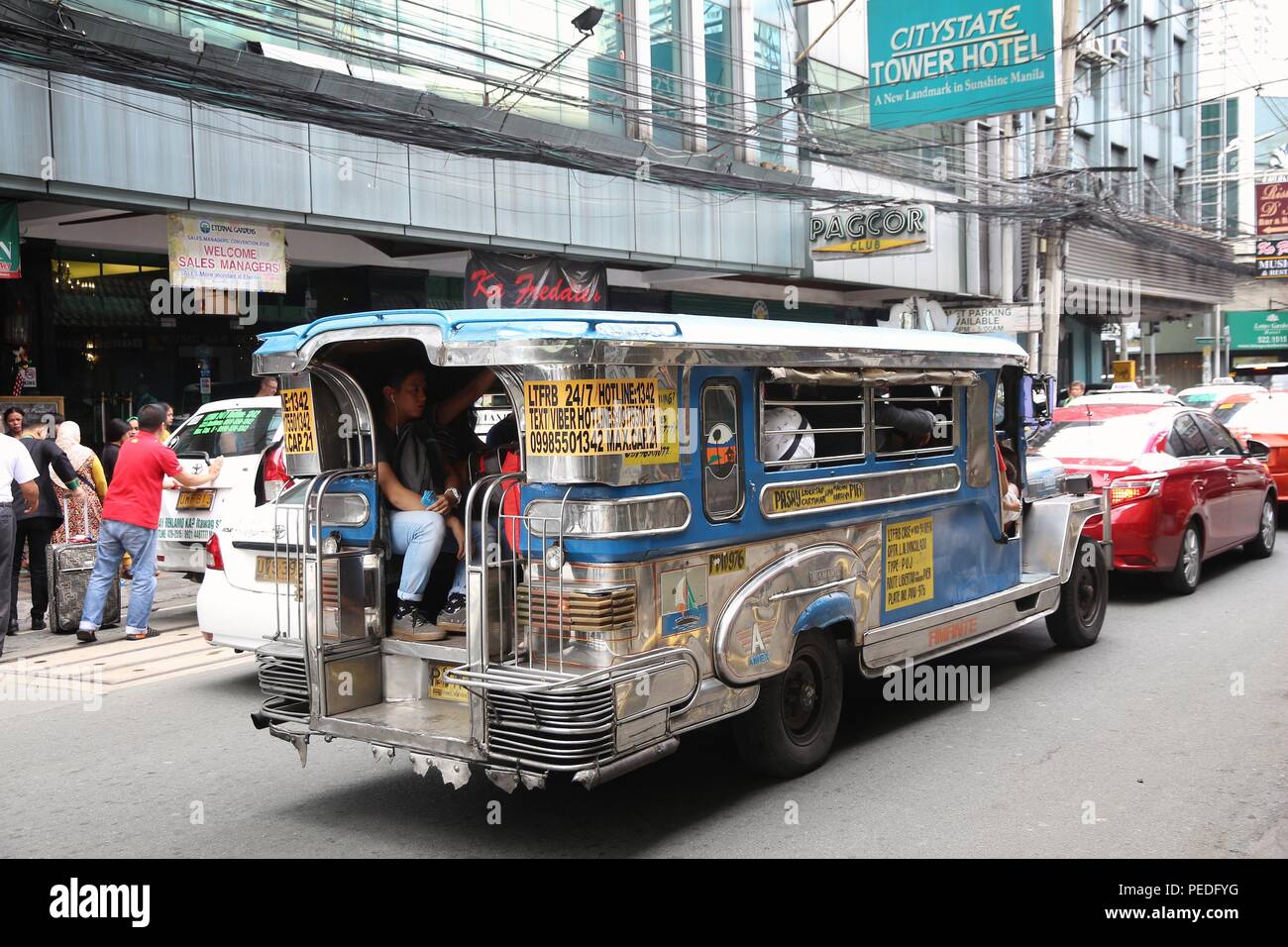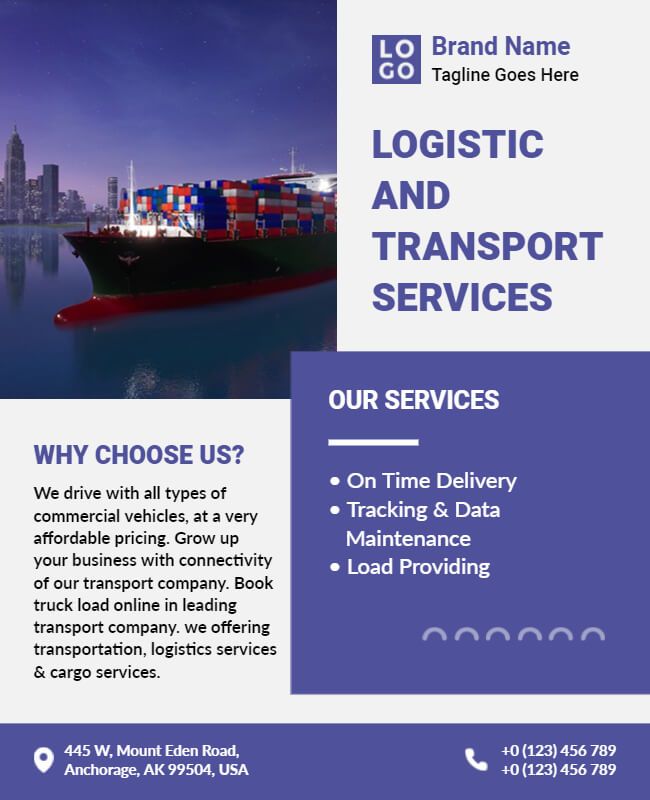Exactly How Transit Marketing Can Change Mass Transit Spaces Into Dynamic Marketing Operatings Systems
Transportation advertising holds substantial capacity to redefine public transport spaces right into dynamic advertising and marketing platforms that notify and engage. As we discover the multifaceted benefits and evolving strategies of transportation marketing, it elevates the question of just how this makeover can redefine our communications with both brand names and the city atmosphere.
Advantages of Transportation Advertising

Furthermore, transit advertising is very economical compared to traditional media. It permits advertisers to attain high perceptions at lower prices, making the most of return on financial investment. The restricted target market of travelers supplies an opportunity for brand names to convey their messages to people that are often receptive throughout their travel times.
In addition, the dynamic nature of transportation marketing permits projects to be updated frequently, making sure that messaging remains appropriate and prompt. This adaptability can be critical in reacting to market fads or promotional events, keeping the brand name top-of-mind for customers. Lastly, the prevalent visibility of transit marketing adds to brand recall; repeated exposure within familiar traveling contexts enhances brand understanding and cultivates customer loyalty, inevitably driving sales and boosting brand name reputation.
Sorts Of Transit Advertising
Mass transit systems offer different formats for advertising and marketing, each catering to different advertising and marketing strategies and audience engagement techniques. One famous kind is external bus and train covers, which cover the whole vehicle and develop a mobile signboard result, enabling for high exposure in metropolitan settings. These covers can record focus as they go across busy roads, getting to a diverse audience.
An additional prominent style is interior advertising and marketing, which consists of posters, electronic displays, and ads on transportation seats. These placements engage guests during their trip, strengthening brand name messaging in a constrained space. Digital displays, particularly, use the advantage of vibrant content, making it possible for advertisers to upgrade messages in real-time.
Station advertising and marketing is likewise considerable, including posters, banners, and interactive kiosks within transportation terminals. These ads take advantage of foot traffic and can target certain demographics based upon location.
Lastly, advertising partnerships with transit authorities can bring about distinct projects, such as themed transportation experiences or events, improving the general engagement with travelers. Each sort of transportation advertising provides unique advantages, allowing brands to customize their method to effectively reach their target audience within the public transportation ecological community.
Engaging Commuters Efficiently
Travelers are increasingly swamped with marketing messages during their day-to-day trips, making it important for brands to engage them in ingenious means. To record focus in this jampacked room, marketers need to focus on imagination and significance. Utilizing distinctive visuals and succinct messaging can significantly enhance the likelihood of involvement.
Interactive aspects, such as QR codes or enhanced truth functions, can likewise transform static ads right into immersive experiences, cultivating a much deeper link with the target market. Brands should focus on addressing travelers' demands and rate of interests, tailoring messages to resonate with their lifestyle, whether with promos for regional companies or solutions developed to boost their commuting experience.
Moreover, timing plays a crucial function; tactically placing advertisements during top commuting hours can make the most of presence and effect. Engaging travelers efficiently also entails leveraging social networks integration, enabling passengers to share their experiences or promos directly from transportation platforms, thereby amplifying brand name reach.
Essentially, reliable engagement depends upon recognizing the traveler journey and producing compelling, interactive, and pertinent marketing experiences that not just catch focus but likewise drive activity and commitment. By doing so, brand names can transform public transport into a vibrant advertising and marketing platform that reverberates with its target market.

Measuring Marketing Influence
Just how can brand names properly analyze the effectiveness of their ad campaign in transportation settings? Determining the impact of transit advertising requires a complex approach that combines quantitative and qualitative metrics. One prevalent method is tracking involvement with mobile analytics, where brand names can assess foot website traffic article patterns and app interactions before, throughout, and after projects.
Surveys can offer important insights right into brand name recall and customer belief, allowing brand names to assess exactly how well their messages resonate with commuters. In addition, monitoring social media sites involvement pertaining to particular projects can expose shifts in public assumption and brand conversation.

In addition, collaborating with transit agencies can improve measurement accuracy, as they commonly have detailed demographic data on ridership fads. By incorporating these methodologies, brands can develop a comprehensive understanding of their marketing efficiency, guaranteeing that their campaigns not only reach but likewise influence their target market successfully.
Future Fads en route Marketing
A considerable shift is anticipated in transit advertising and marketing as technical innovations and transforming customer habits improve the landscape. Transit Advertising Philippines. The integration of electronic screens and interactive media is expected to enhance engagement, allowing brand names to provide dynamic web content that resonates with varied audiences. As public transport systems accept smart technology, marketers will utilize real-time information analytics to tailor messages based upon passenger demographics and actions
Additionally, boosted reality (AR) is positioned to transform the means travelers engage with ads. By offering immersive experiences, AR can change a mundane trip into an engaging narrative that catches interest and cultivates brand name loyalty. This technology will likely motivate advertisers to Going Here develop more experiential projects that drive customer communication.
Sustainability is another crucial trend influencing transportation advertising. As environmental awareness grows, brand names will increasingly seek to straighten with environment-friendly practices, using lasting products and promoting green efforts within their campaigns.
Verdict
In verdict, transit advertising and marketing provides significant benefits by boosting brand exposure and involving a restricted target market. Through different styles, such as outside covers and electronic screens, it transforms public transport right into a vivid advertising platform. Effective engagement methods and durable dimension techniques even more amplify its impact. As trends evolve, the potential for innovative interactions between brands and travelers is positioned to grow, making sure that transit marketing stays an essential part of modern-day advertising and marketing approaches.
Transportation advertising and marketing holds substantial potential to redefine public transport areas right into vivid advertising and marketing systems that engage and educate. The pervasive existence of transportation advertising contributes to brand name recall; Resources duplicated exposure within acquainted travel contexts enhances brand name understanding and promotes customer loyalty, inevitably boosting and driving sales brand online reputation.
Exactly how can brand names accurately examine the efficiency of their advertising and marketing campaigns in transportation settings?In final thought, transportation advertising provides substantial benefits by enhancing brand name visibility and engaging a restricted audience. Transit Advertising Philippines. As patterns advance, the potential for ingenious communications in between brand names and commuters is positioned to grow, making certain that transportation advertising and marketing remains a crucial part of modern-day marketing techniques